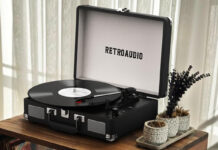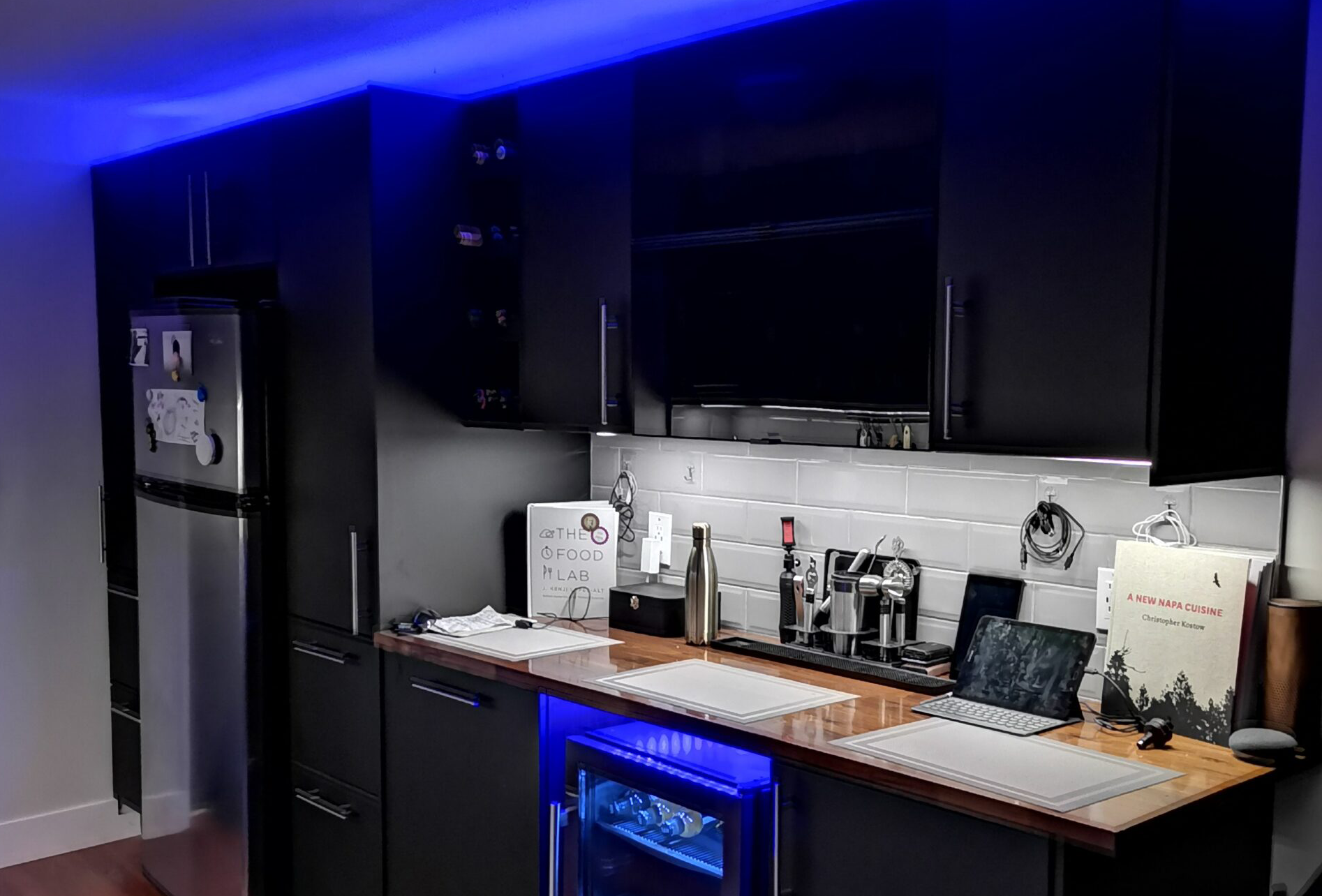
It’s hard to believe—I’ve now had a smart home for 6 years. I first started building my smart home back in 2017. As soon as smart lights came out, I replaced all my lights with multi-colour, voice activated light bulbs. Since then, I’ve been adding new devices each year—and this year was no different. In this article, I’ll discuss how I made my home smarter by explaining the devices I installed, and how I use them day-to-day. First let’s begin with how anyone can make their home smarter in 5 easy steps.
How to make your home smarter
- Upgrade your wireless network
The backbone of any smart home is a strong Wi-Fi network. Upgrade your wireless networking equipment to the new Wi-Fi 6 standard. This future-proofs your home network for years to come.

- Choose your smart home ecosystem
At the heart of any smart home is a voice assistant inside a smart speaker or display. Currently there are three ecosystems: Google Assistant, Amazon Alexa, and Apple’s Siri. Each has their own wake word so choose accordingly.
- Upgrade to smart lights
Control lights with your voice and change colour on the fly. Upgrade to smart lights to get accustomed to using your voice assistant to control devices.
- Invest in a smart thermostat
Smart homes save you money. Smart thermostats reduce energy usage without compromising on comfort. It pays itself off in savings so get one installed before it gets cold.
- Add smart security devices around your home
Home security goes DIY inside smart homes. Add security cameras and smart locks. If you get a lot of online deliveries, consider a smart doorbell and control all these devices from your smartphone.
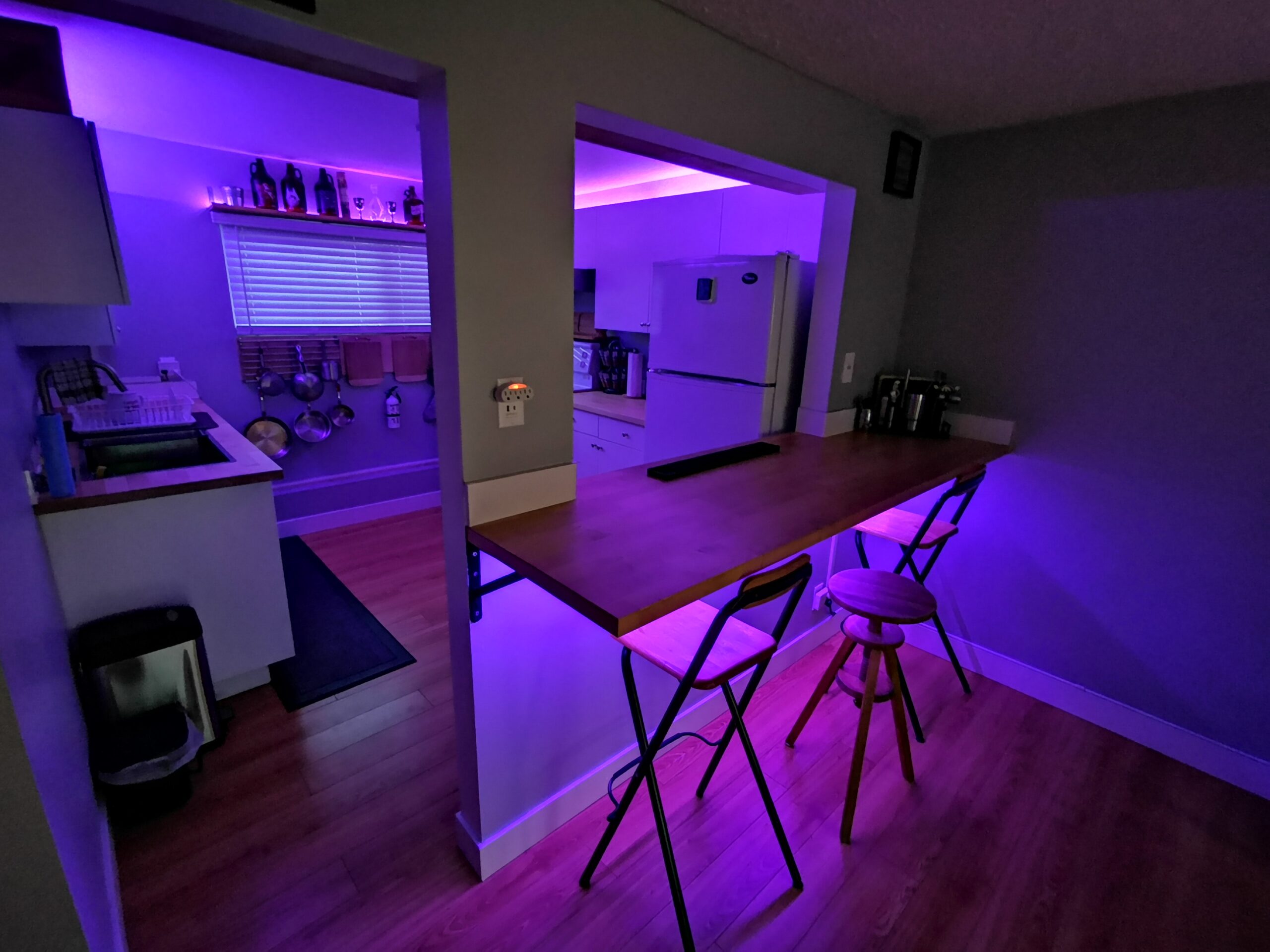
New devices I added to my smart home
As a reviewer, I’m always testing out new smart home gadgets. Some require installation so they get added into my smart home ecosystem. Here are some of the new devices I added this year.
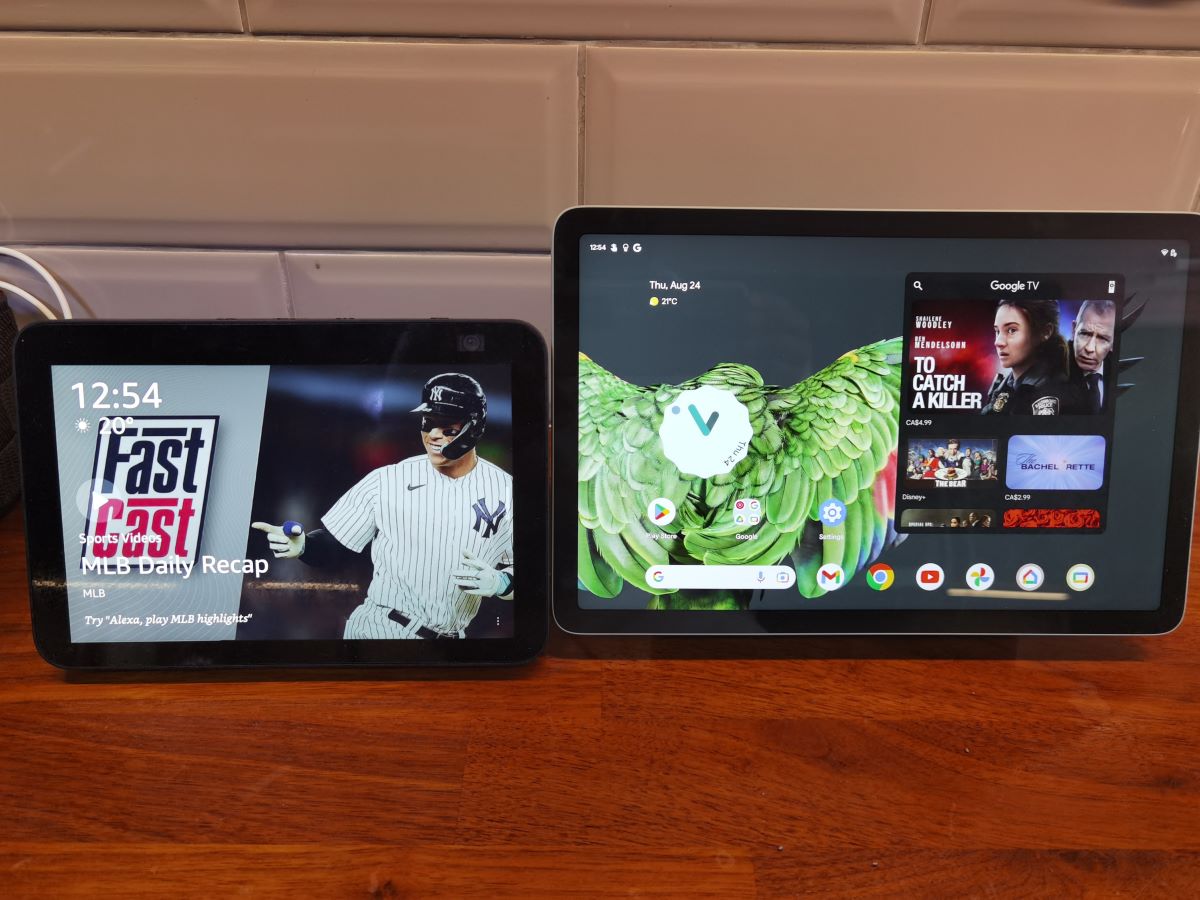
Two voice assistants are better than one
When it comes to smart homes, I’m pretty agnostic on the smart home ecosystems. Since I’m not an Apple user, it comes down to Google Assistant and Amazon Echo. Rather than pick one over the other, I thought it would make sense to use both. I set up both the Amazon Echo Show 8 and the new Google Pixel tablet in my kitchen. I was curious to see which one I would use the most. To be honest, I think I use both equally and interchangeably. However, I’m not a fan of saying “Hey Google” as a wake word. I wish it would let me change it to “Yo Google”. That would be dope.
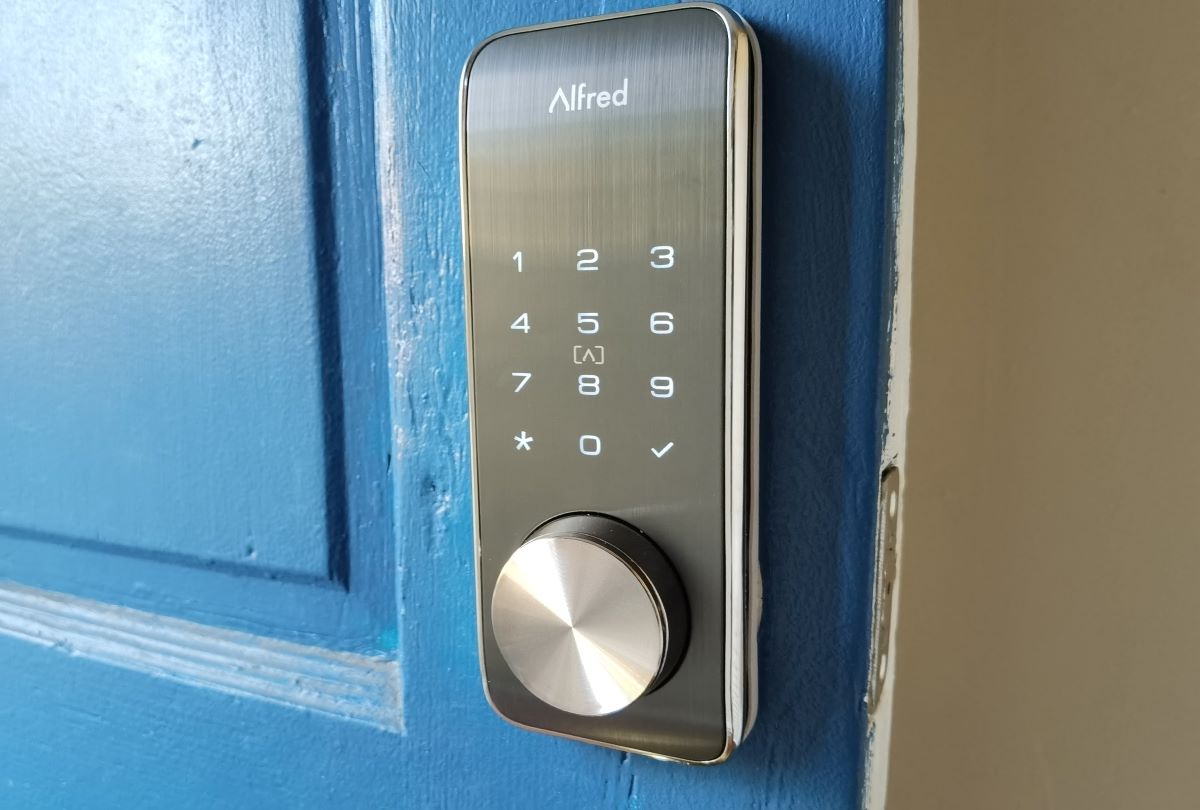
A smart lock that talks
One thing I review a lot of is smart locks. There are so many to choose from so it’s important I try them all out to see how they differ. One lock that really impressed me is the Alfred DB2-B. Not only does it look nice—it talks! It notifies me when the lock is open or closed. To get in, I use the touchscreen keypad on the front. It also comes with a key and lock if I ever want to get in the old fashion way. What I did was install a lock box near the door and stored the key in there. If the battery ever ran out, I have two options. Use the key or connect a powerbank to the lock via the USB-C port underneath to temporarily power the lock. Brilliant idea, everyone should get a smart lock.
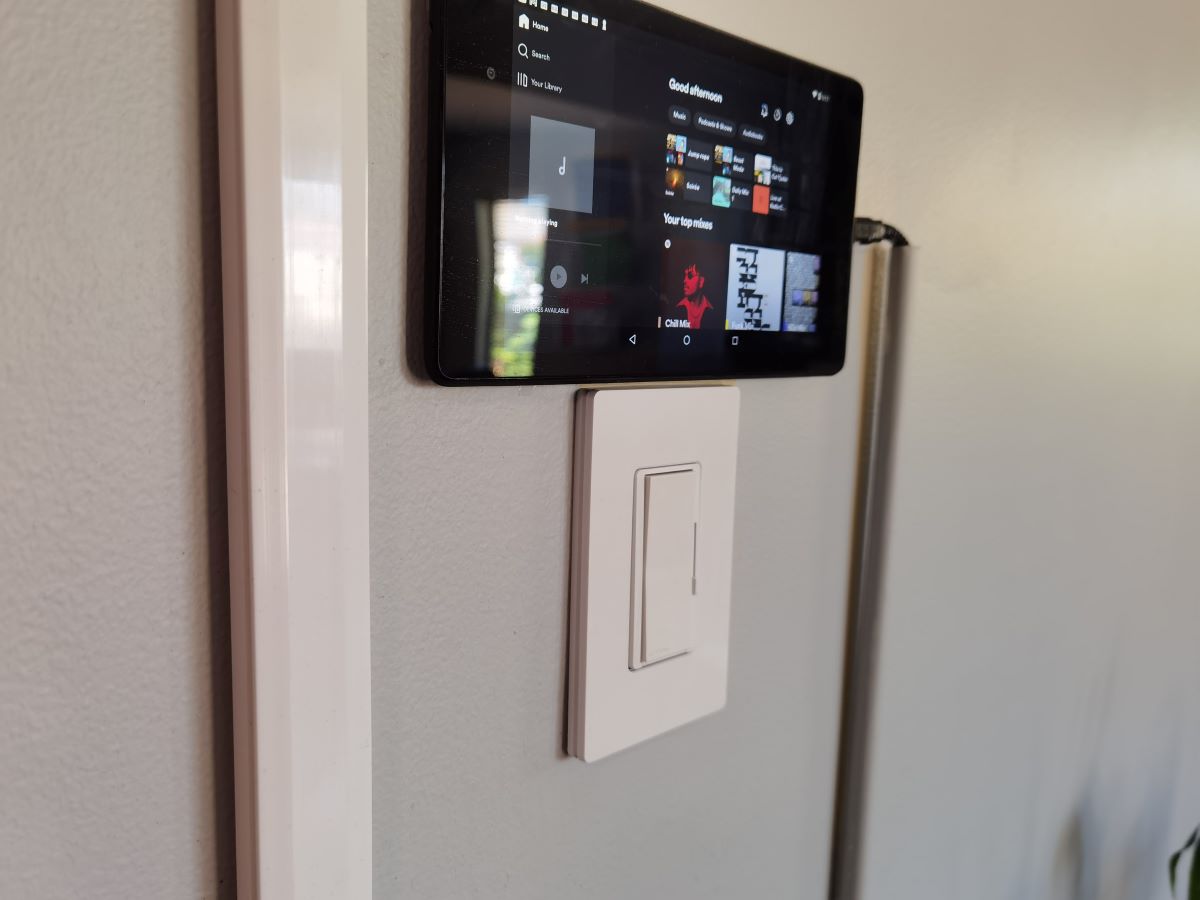
Smart switches make a huge difference
I upgraded all my lights to smart light bulbs but I soon realized an issue. If you want to voice control the lights, you can’t turn the lights off at the switch. If the switch is off, there is no power going to the light bulb. The solution is smart switches. This year I installed the Lutron Diva Smart dimmer switch in my living room and the Lutron Claro smart switch for my bedroom. Now I can change the brightness at the dimmer or via voice. However, the smart switch in the bedroom was an absolute game changer. I can be in bed and turn the light off to go to sleep. What I really like is I can use the actual switch or voice interchangeably. That makes smart switches a good choice for families. Older family members might still use the light switch while the younger generations use their voice.
Using an indoor smart camera to find a mouse hole
The craziest thing that happened to me this year was finding a mouse hole in my kitchen. I started to notice a small hole in the bread bag on my kitchen counter. I set up an Blink Mini camera facing the bread loaf, armed the camera, and went to bed. Sure enough, there was a small mouse eating my bread. Over the course of a week, I tracked this mouse and located the mouse hole under my kitchen cabinets. The whole ordeal went viral on Twitter and I was on every local news station talking about it. The moral of the story is if you think you have a mouse in your house, use an indoor security camera.
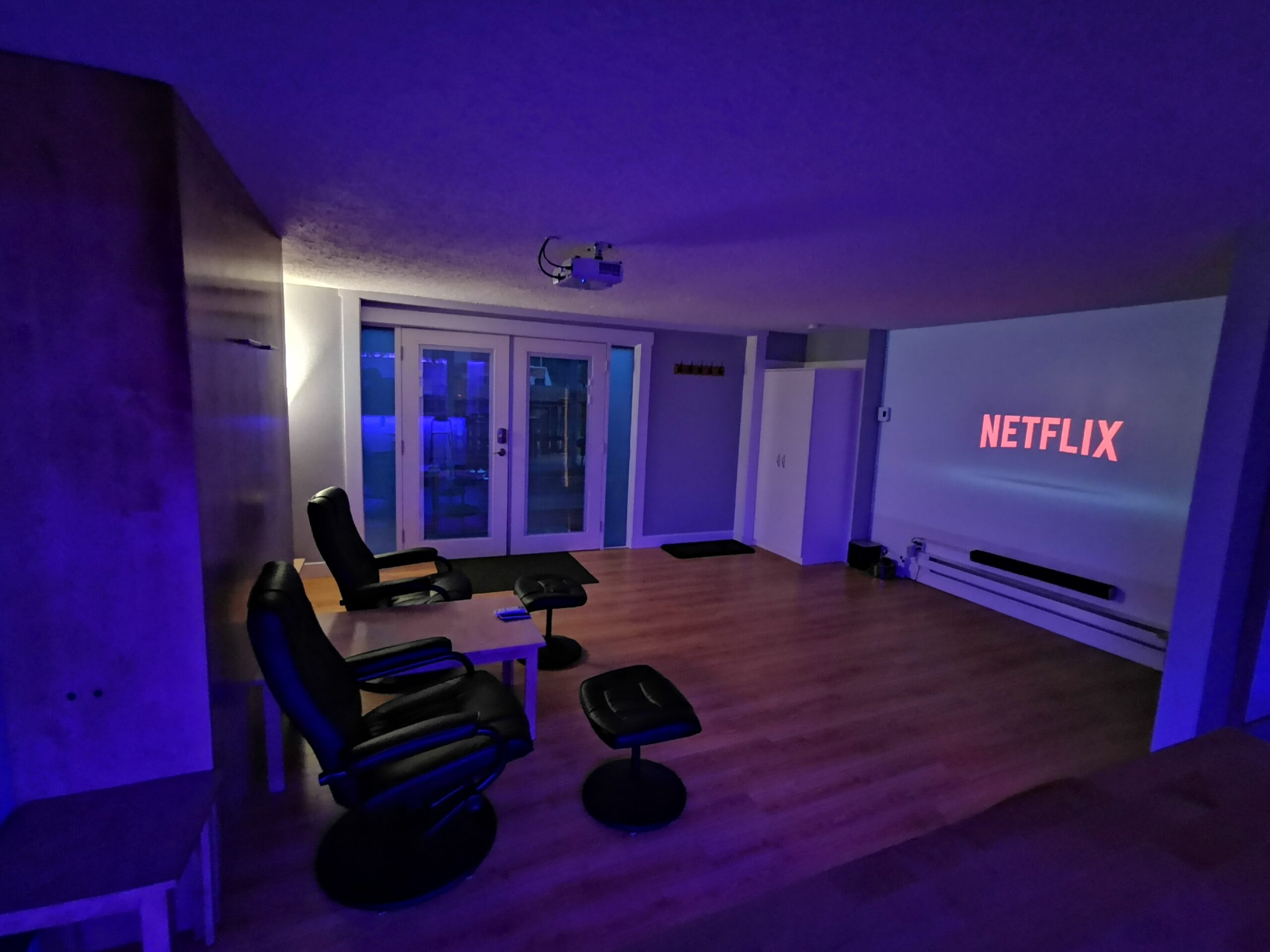
Build yourself a smart home
As you can see, a smart home is a labour of love. By adding new devices you unlock more potential for convenience, security, and comfort. Building a smart home has changed the way I live. In the morning, Alexa turns my coffee maker on. In the morning, I listen to podcasts playing in my bathroom, bedroom, and kitchen. At night, I turn all my lights off from bed. If you ask me, it’s a smart way of living.
If you’re new to smart homes, read this buying guide. It will tell you all you need to know to get started in the world of smart homes. Keep reading this blog to see what new gadget I review next.



